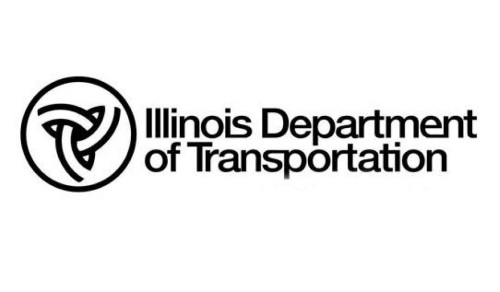An idea to help conserve deicing materials and a tool that assists engineers and designers in improving safety are the winners of the Illinois Department of Transportation’s third annual Innovative Ideas Contest.
That contest is a statewide initiative that brings the agency’s employees together to share creative solutions to common problems, with the winning ideas chosen for their ability to save money and improve safety.

“Our department is as innovative as they come because of employees who show up for work each day with a goal of doing the best job possible every time,” explained Omer Osman, acting Illinois transportation secretary, in a statement. “I applaud our employees for their creativity on top of their hard work hard on behalf of the public.”
While the COVID-19 pandemic delayed this year’s contest – it is typically held in March – and shifted it to a virtual platform, the contest still hosted a large number of contestants – 75 ideas in all – which were whittled down to 23 finalists in two divisions: operations and technical.
The video below highlights the 2020 operations category finalists.
Meanwhile, this video highlights the 2020 technical category finalists.
From those 23 finalists, the Illinois DOT said it selected two “grand champions.”
The operations grand champion was the District 6 Carlinville Team Section with a tank level light. This innovation places sealed light emitting diode or LED lights in the lids of tanks that hold deicing chemicals on snowplow trucks.
Those lights illuminate fluid levels when filling those tanks at night; potentially saving thousands of dollars by preventing deicing material spills at minimal expense. The lights cost just $38 to make from simple parts available at any auto parts store.
For the Technical track, Dixon’s District 2 Bureau of Program Development’s crash analysis tool took top honors. The tool uses existing software to identify traffic safety problems by quickly producing visual representations of potential trends. That program reduces processing time by more than 90 percent and helps designers make better judgments about how to improve safety.
 States
States


